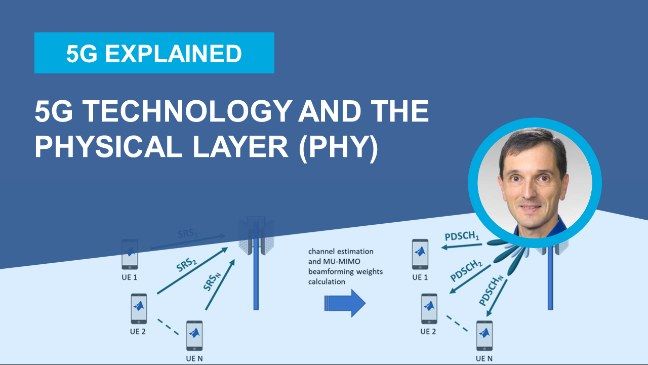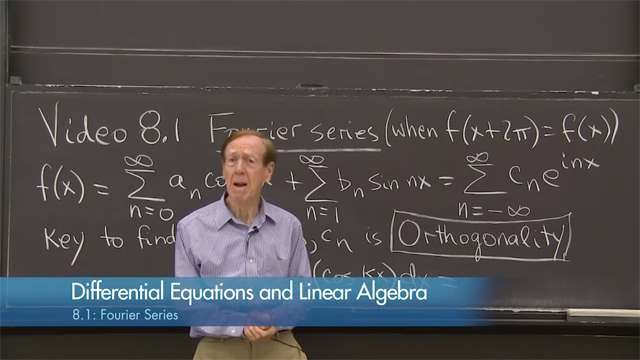5G Explained Series Introduction
From the series: 5G Tutorial
This is the introduction to the series "5G Explained." It outlines the series and goes over the main goals and basic configuration of 5G New Radio. Topics include:
- What is 5G Technology and its Physical Layer (PHY) Specification
- 5G signals: OFDM waveforms, frame Structure, and numerology
- 5G NR PDSCH: Physical Downlink Shared Channel
- 5G NR PUSCH: Physical Uplink Shared Channel
- 5G NR Downlink Control information (DCI)
- 5G NR PDCCH: Physical Downlink Control Channel
- 5G Physical Uplink Control Channel (PUCCH) and Uplink Control information (UCI)
- Demodulation Reference Signals (DMRS) in 5G NR
- Synchronization Signal Blocks (SSB) in 5G
- Channel State Information Reference Signal (CSI-RS) and Sounding Reference Signal (SRS)
- Physical Broadcast Channel (PBCH) Decoding and 5G Cell Search
Published: 18 Jun 2019
Welcome. This is the introduction to our series “5G Explained.” In this video, we provide motivation for the series and go over the main goals and basic configuration of 5G New Radio.
5G NR introduces a new numerology for the OFDM resource grid and a new frame and slot structure, as well as new processing for downlink and uplink data, downlink and uplink control. An important new concept in 5G NR is CORESETs or Control Resource Sets, which are used to assign resources for control information on the downlink.
Beamforming is a critical part of 5G NR, and it requires demodulation reference symbols or DMRS to accompany each and every piece of information transmitted both on the downlink and the uplink. DMRS are much more flexible in 5G NR than they are in LTE.
A good example of newly beamformed channel is the broadcast channel, which is part of the synchronization signal block or SSB. The SSB plays the same role as the primary and secondary synchronization signals and physical broadcast channel in LTE, but its structure is quite different.
Cell Search and RACH procedures are similar to their equivalent in LTE, but there are significant differences, in particular linked to beamforming and the initial establishment of a connection.
Finally, channel estimation is more critical and more difficult than ever, as it also enables beamforming, which is the concentration of energy in the direction of the receiver. At mmW, propagation loss is higher and antenna arrays are needed to establish a high enough SNR for a link to be possible. To help with channel sounding, specific signals were designed. They include the channel state information reference symbols or CSI-RS and the sounding reference signals or SRS.
The goal of this “5G Explained” series is to explain the main features of 5G NR. To that end, we use screenshots or short interactive examples taken from or built with MathWorks 5G Toolbox. You can find more information about 5G Toolbox at www.mathworks.com/products/5g
5G Toolbox offers MATLAB models for 5G NR, including waveform generation, end-to-end link level simulation, and measurements.
5G Toolbox includes full source code, which means that you can view and modify any part of the toolbox. In addition, the source code supports MATLAB Coder, which lets you automatically generate standalone C code from the MATLAB code.
This concludes this introduction to the “5G Explained” video series.





